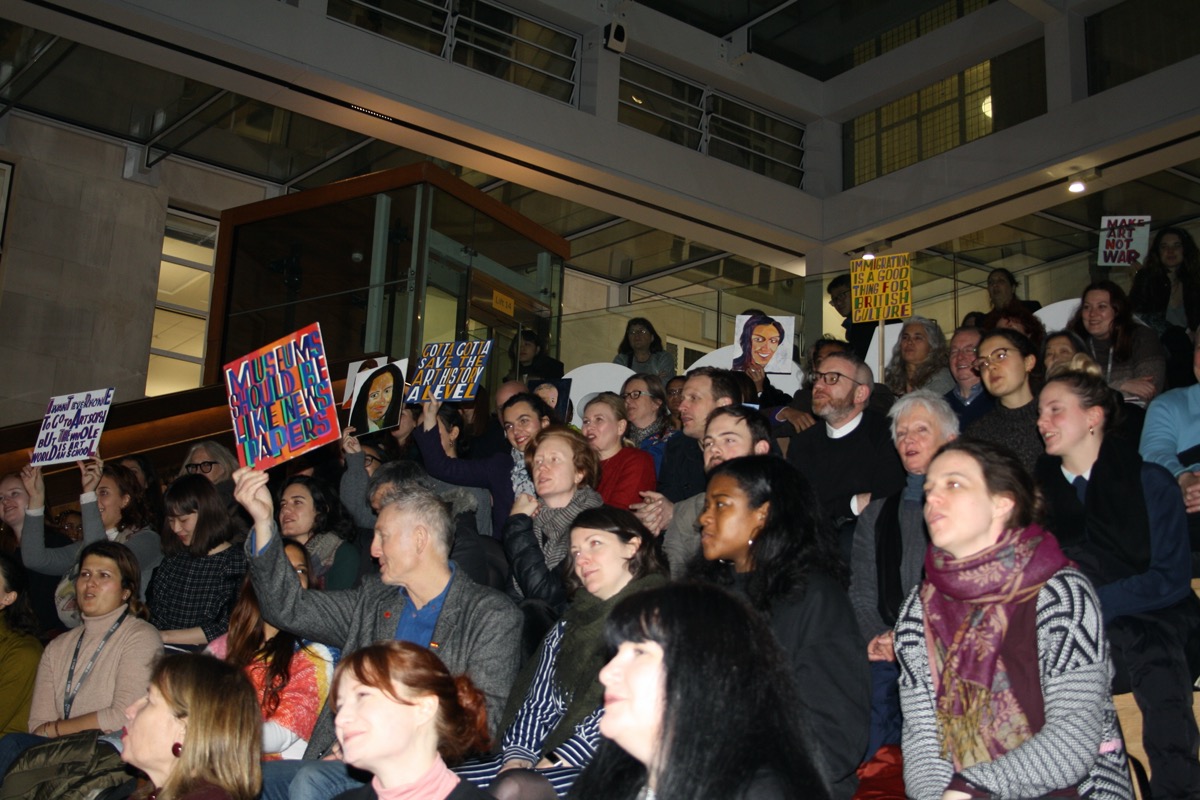We don’t always know our Human Rights, and many countries do not have any or have very little. Some may argue that Human Rights are culturally relative, nevertheless it is important to find tools either to know about them, proclaim them or understand them. Art as was discussed and as we learnt from the speaker's talks, could be the right medium to do so.
The evening of the 23rd January looked at the tool of art for Human Rights and the potential art can have to highlight and protest for Human Rights.
Professor Stephen Hopgood spoke on the concept and the history of Human Rights, introducing the general idea of our civic and human rights as well as on how art and human rights intersect in a variety of ways. Putting forth that our rights give us the right to make art and how it is used as a tool to challenge the status quo, as well as a deep right for freedom of expression and freedom of debate. Professor Hopgood's talk also reflected and opened up for debate wether art can thrive in peaceful settings and what that may mean.
Professor Charles Tripp's talk was on the power of street art and graffiti art in the Middle East and North Africa as a vehicle for freedom of expression. Showcasing how artists have resisted violations through art and tried to use it as a tool to talk about counter narratives from those that are being used by governments to supress and repress people's human rights. The talk put forward the notion of our civic and political rights which give collective and legal substance to human rights. It showcased many examples of graffiti art that have been produced as a way of proclaiming rights, giving voice to free expression.
Artist Bob and Roberta Smith's performance and talk was on his campaigns and activism through his artworks of Art is Your Human Right, Make Art Not War, Gotta Gotta save the Art History A Level, Art Makes People Powerful and portraits of activists and people who's human rights have been violated around the world. The performance showcased linking art with political and social messages, the importance of having the arts in education, and that we as a collective have the power through and with art to change things for the better and freedom to express our voice.
In Britain we are facing Brexit, and this may or may not affect some, not all, but some of our Human Rights that come from the EU charter of fundamental rights. Around the world there seems to be growing uncertainty and despite technoligical tools of rapprochment, talk of Globalisation 4.0, there seems to be a backlash to globalisation. Through all this, and these times, we look to art to open up towards a field of subjects and the path of connection, discussion, exchanges, starting or continuing the conversation, ideas and coming together.
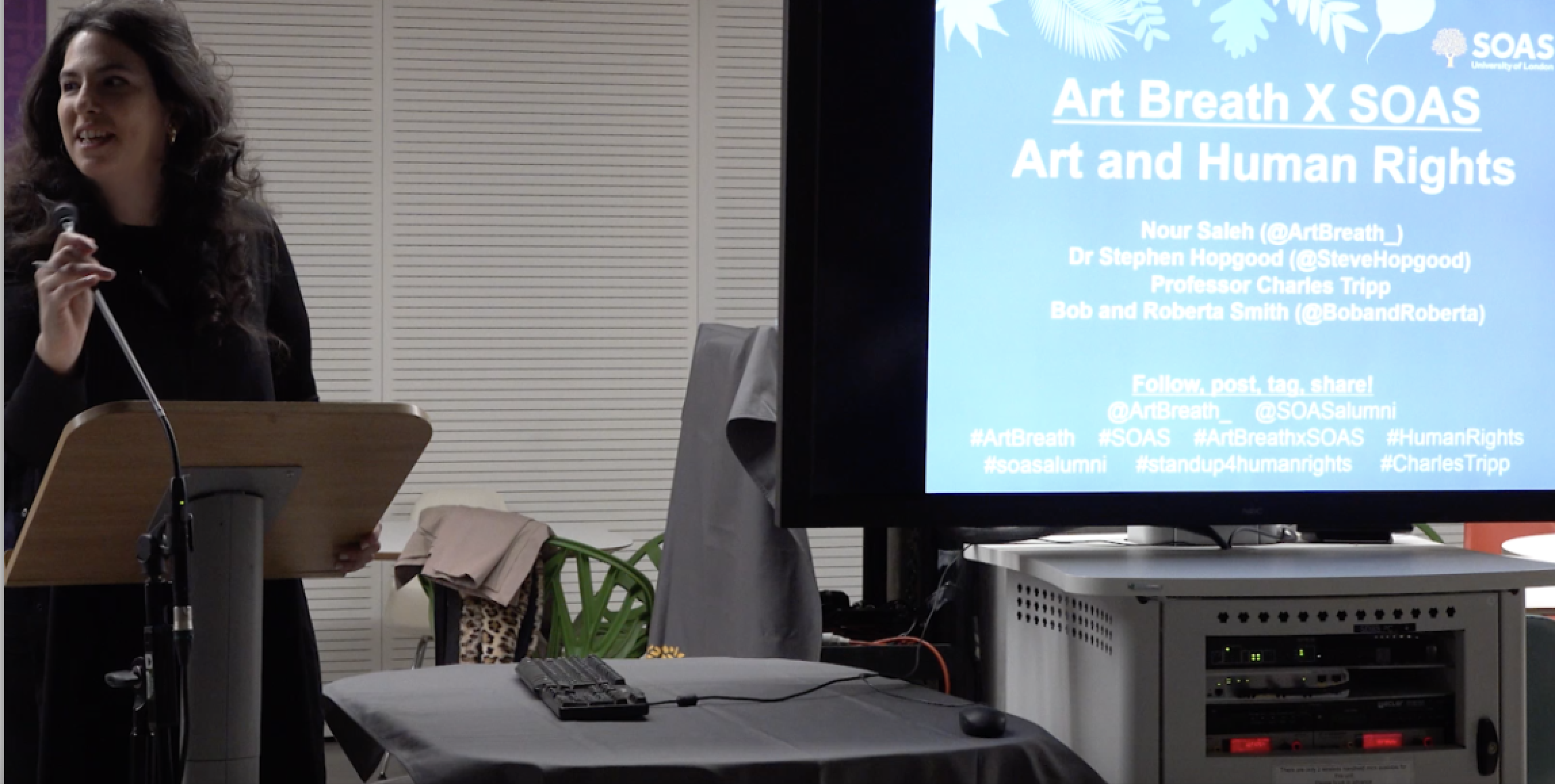

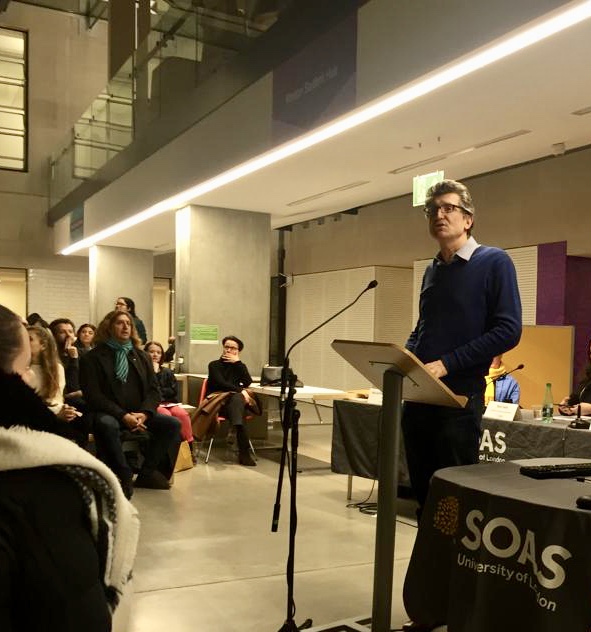
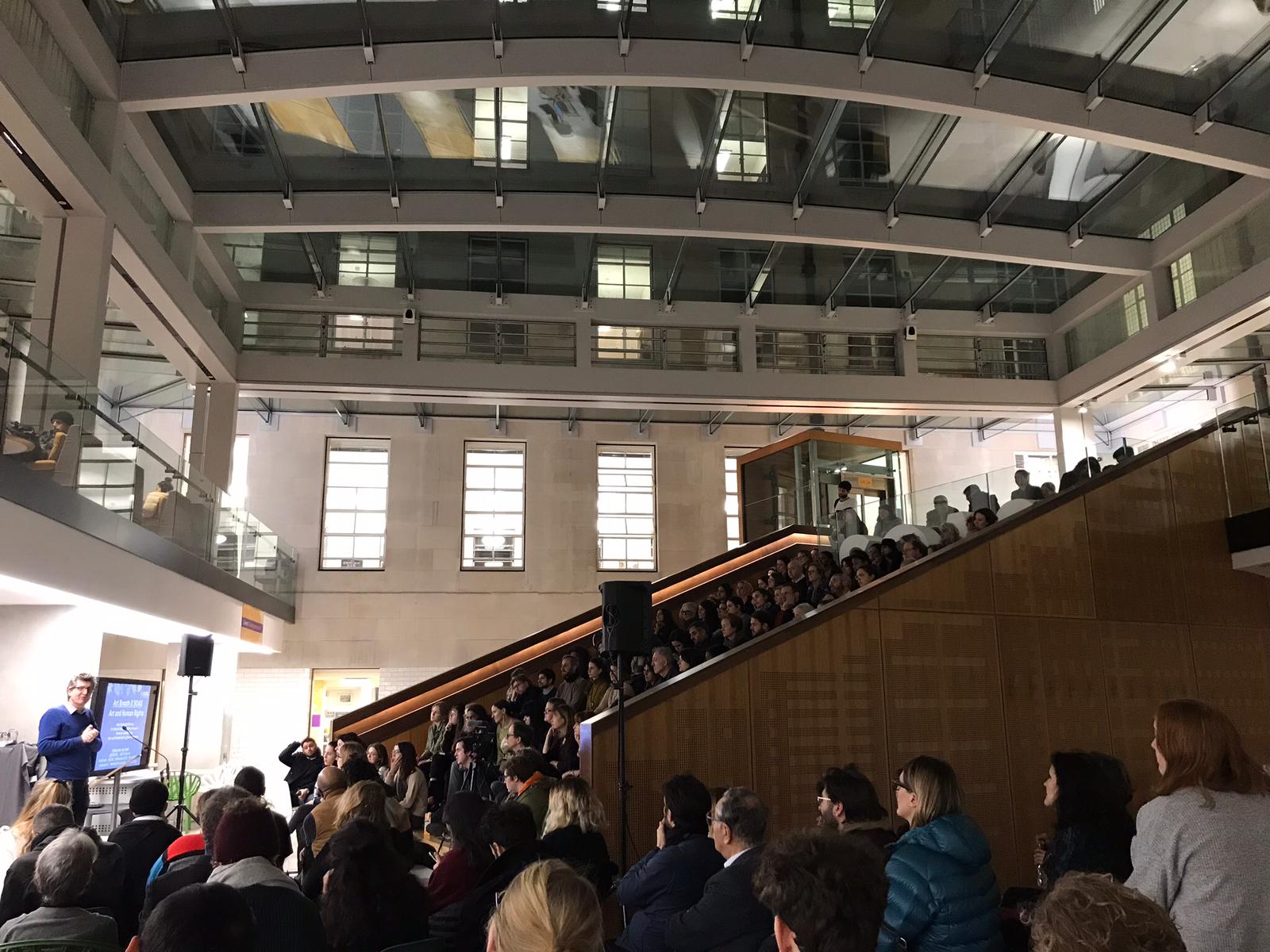

.jpg)

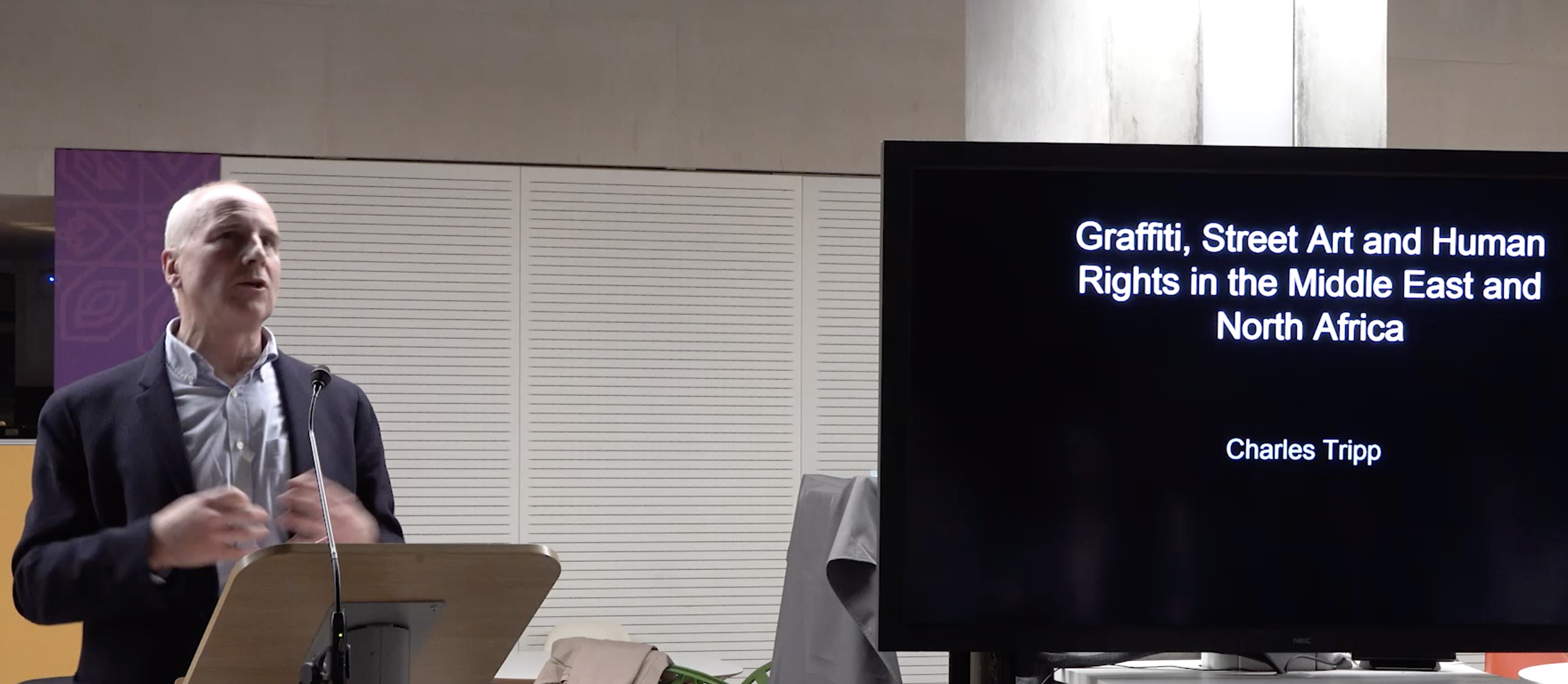
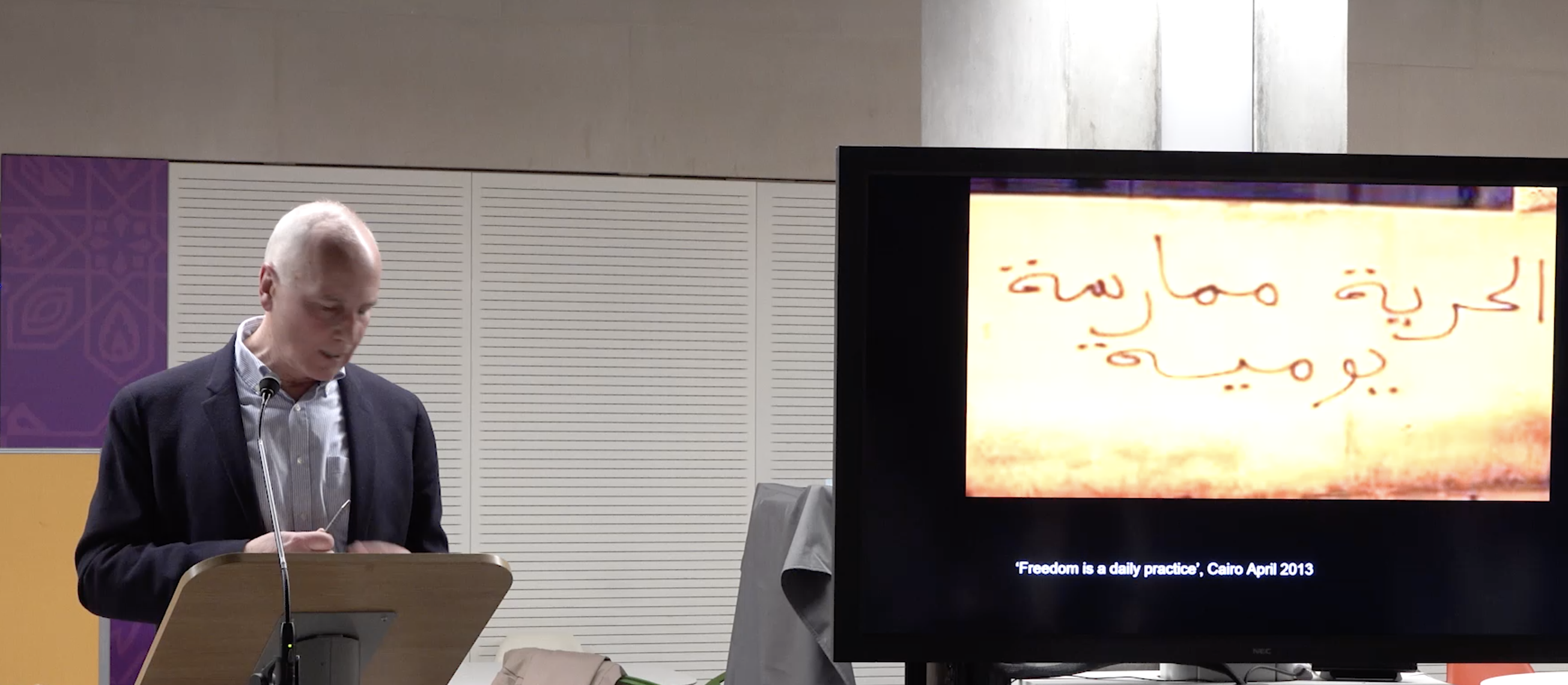

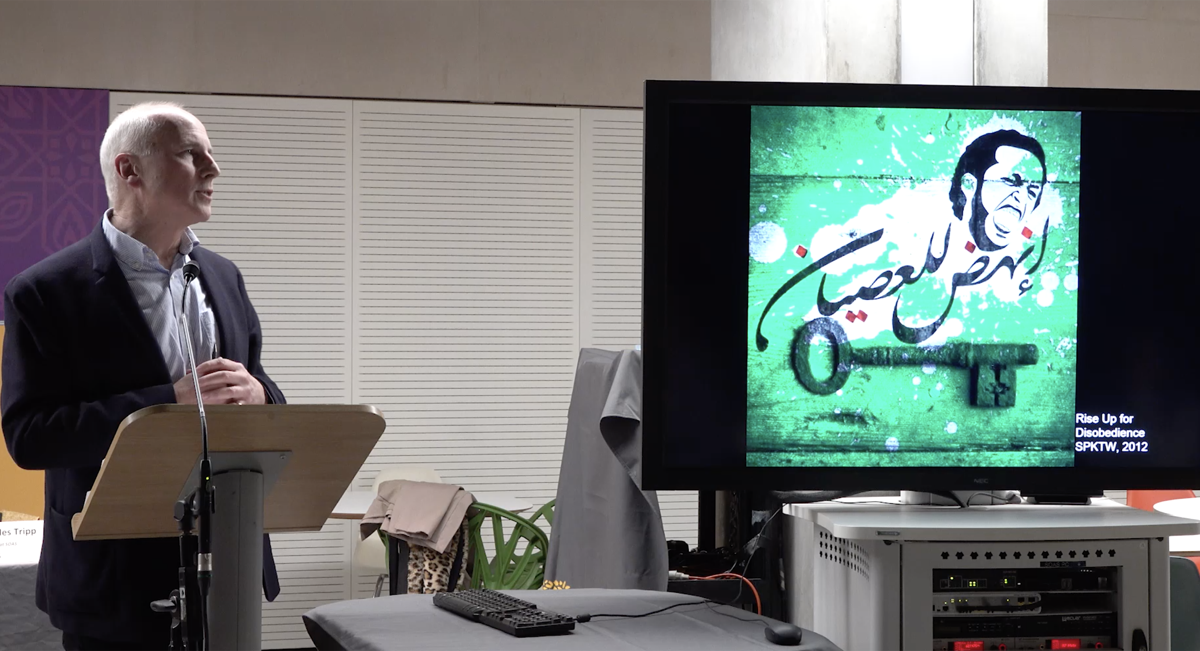







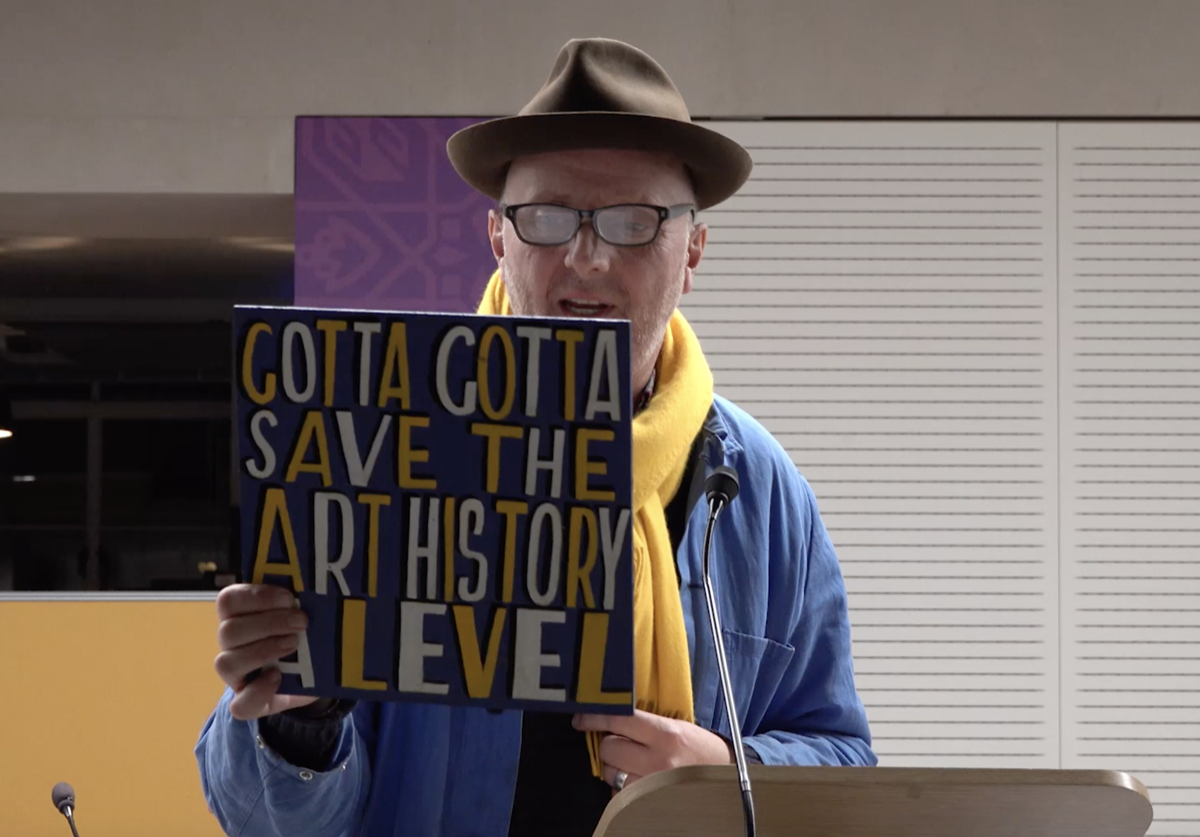

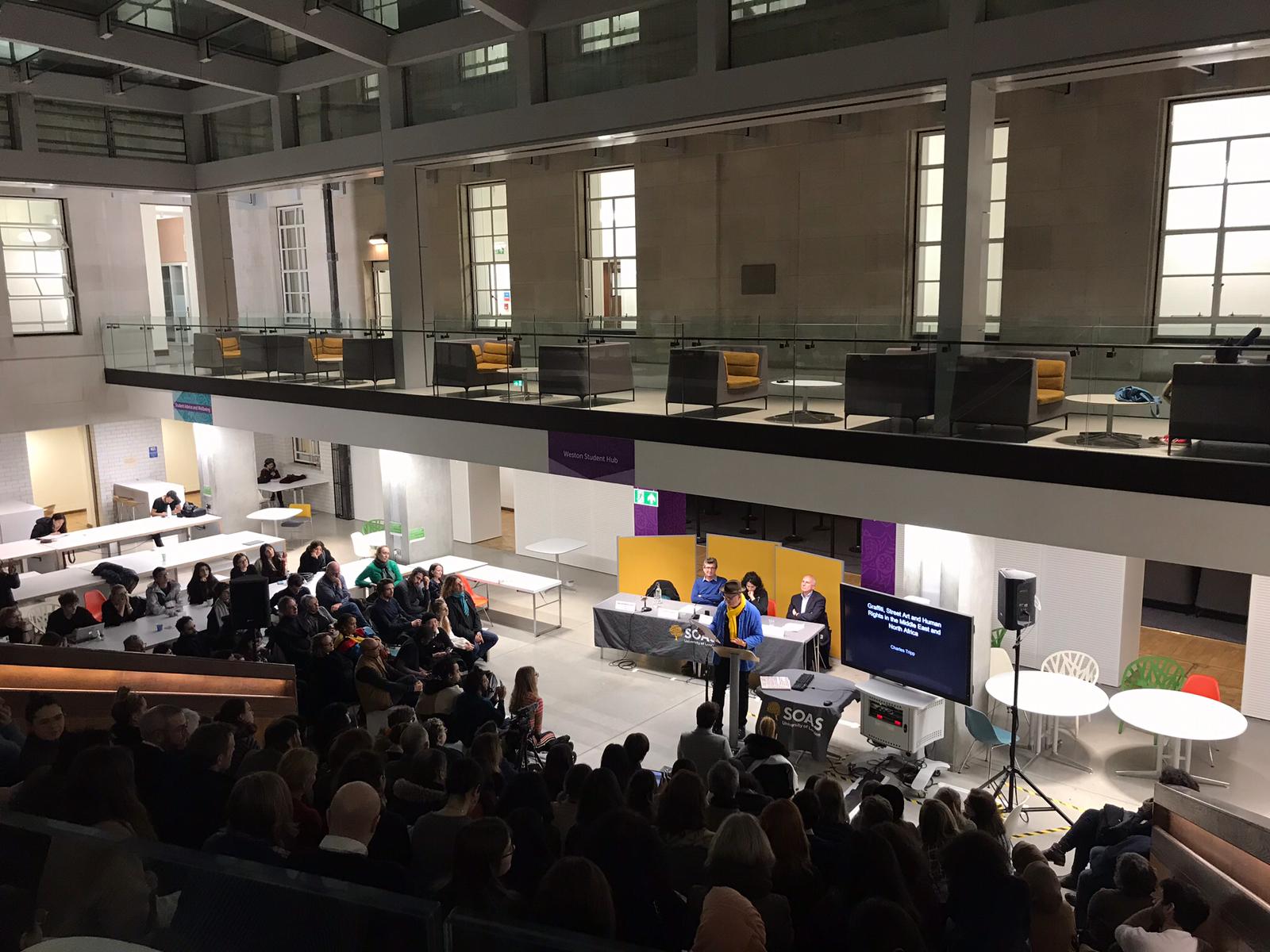
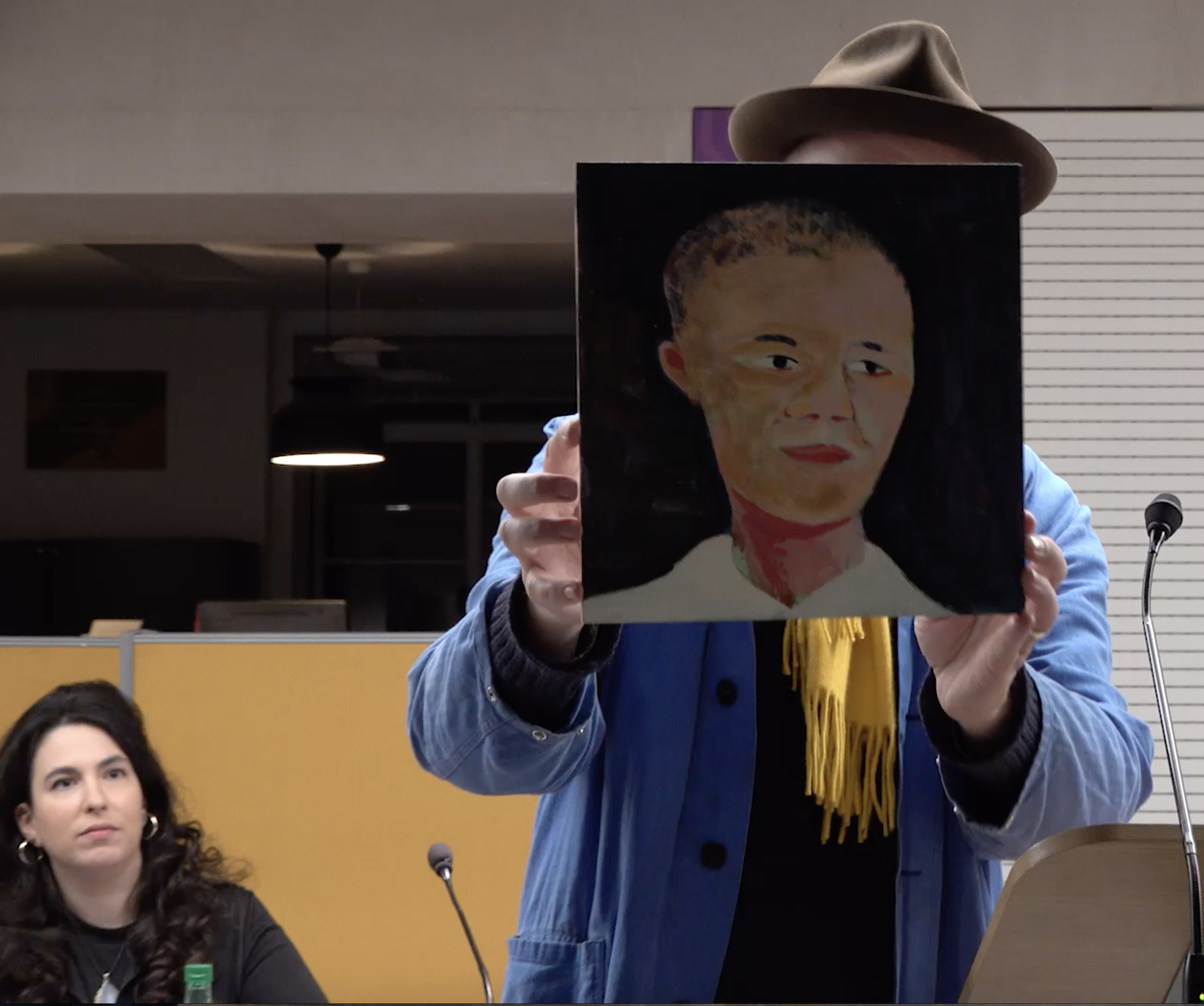
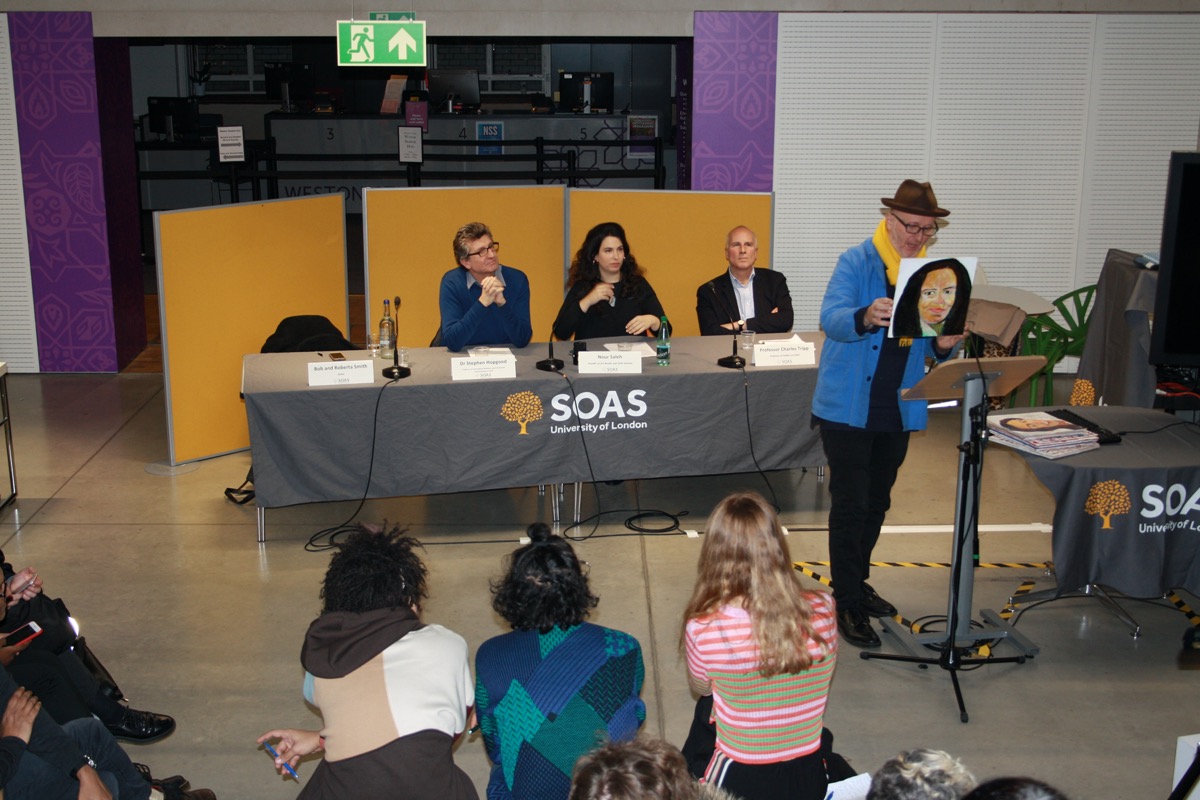
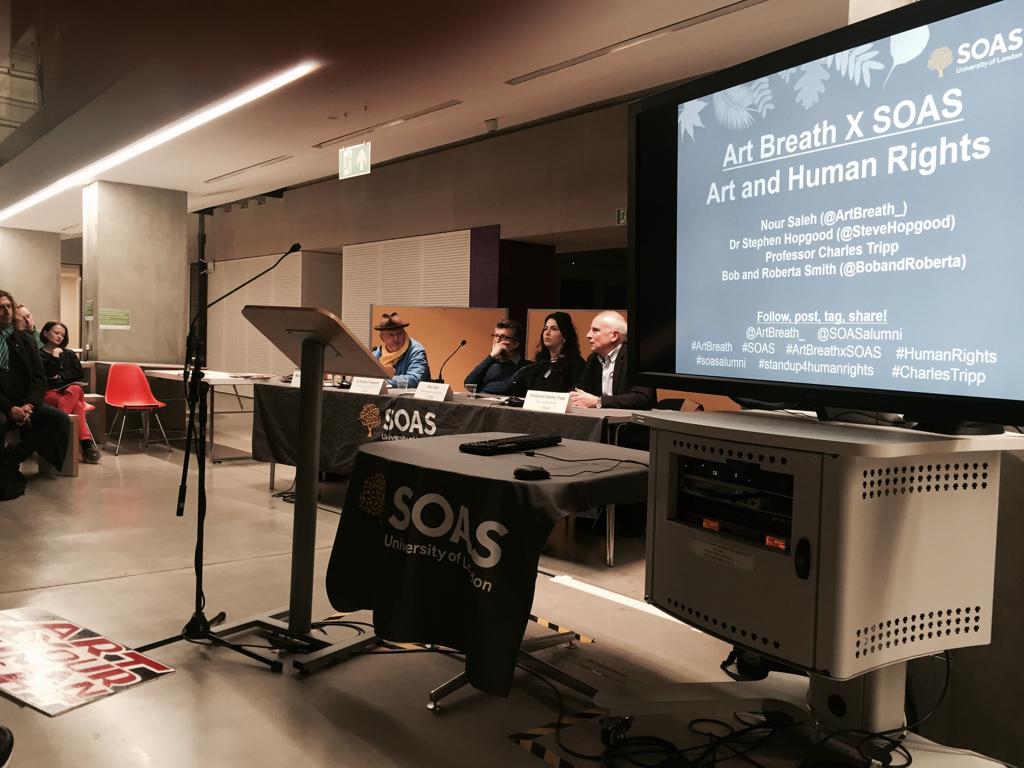

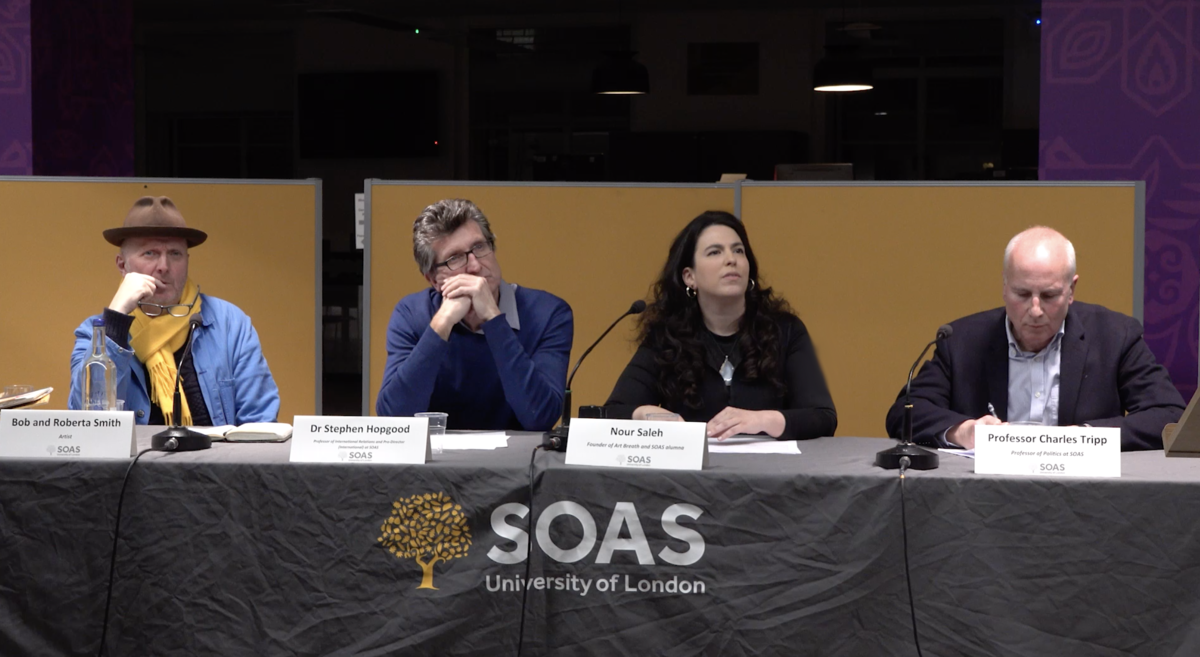
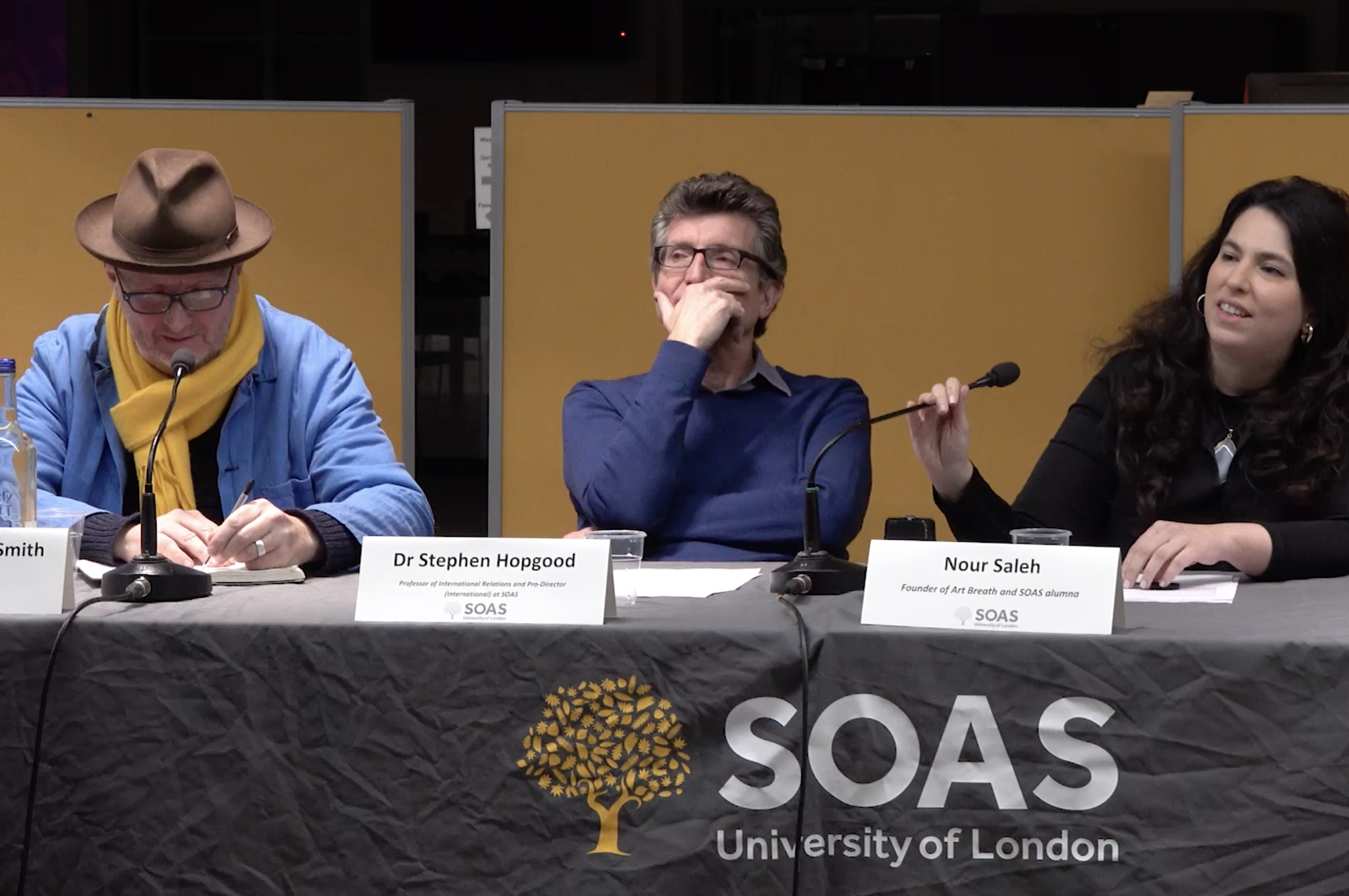
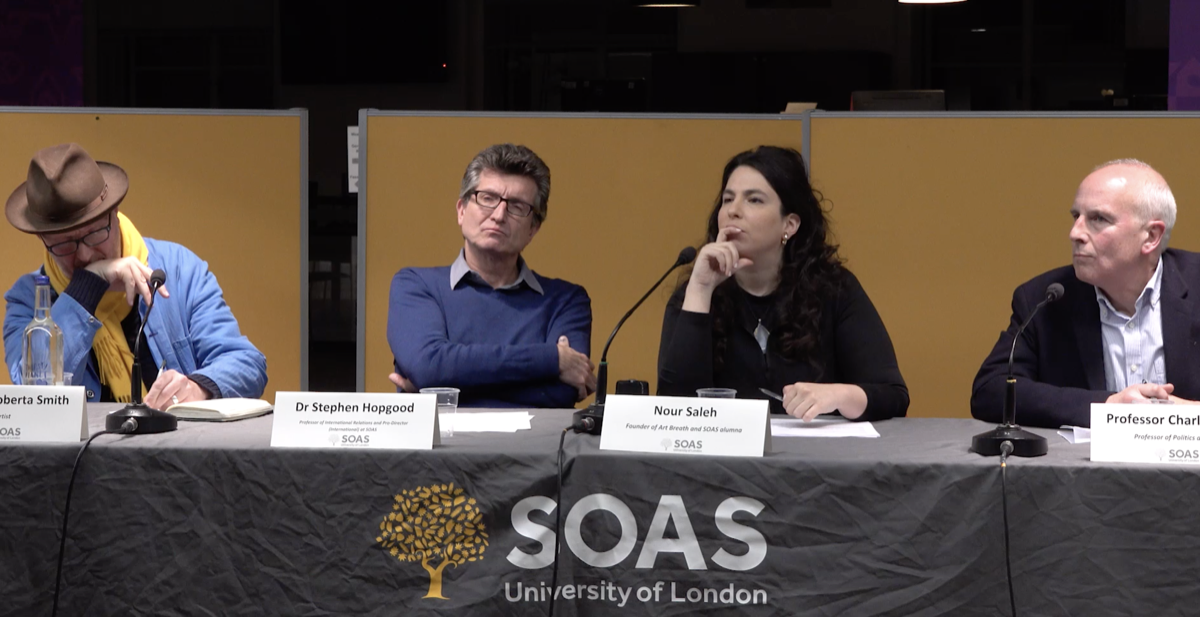
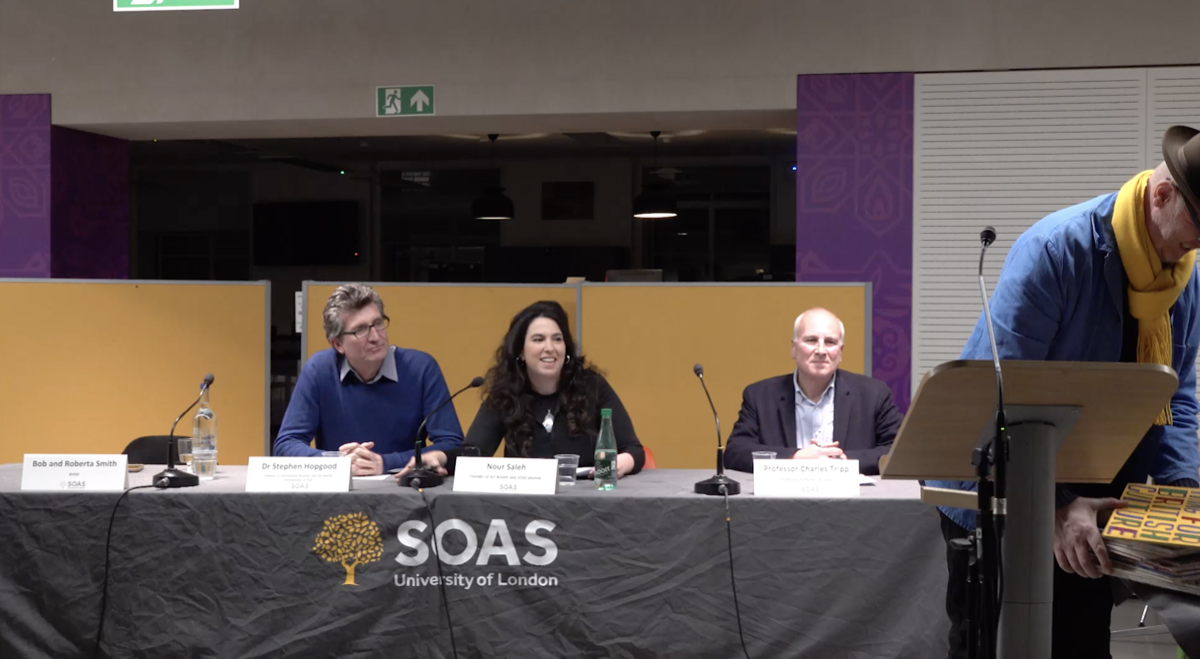

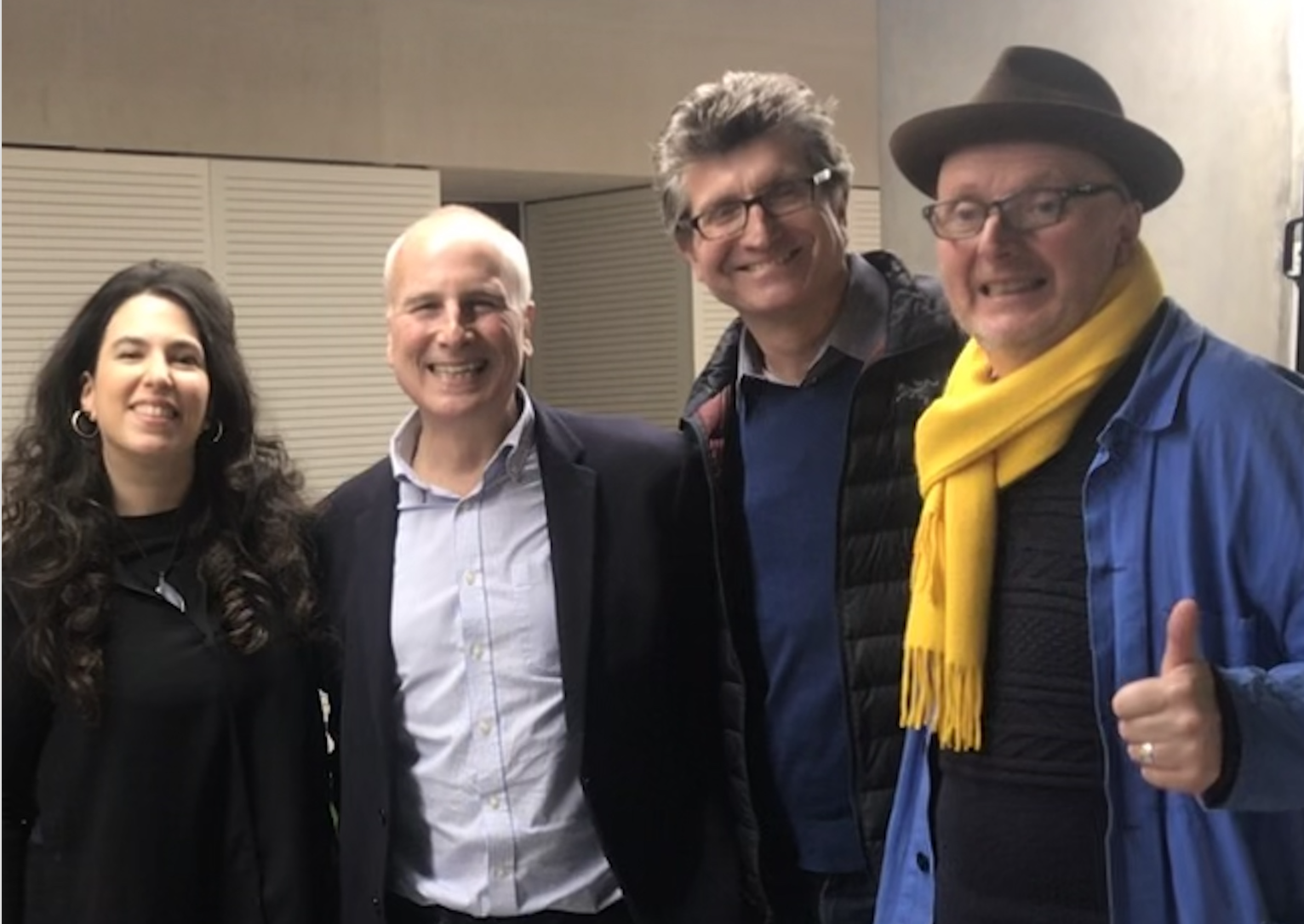

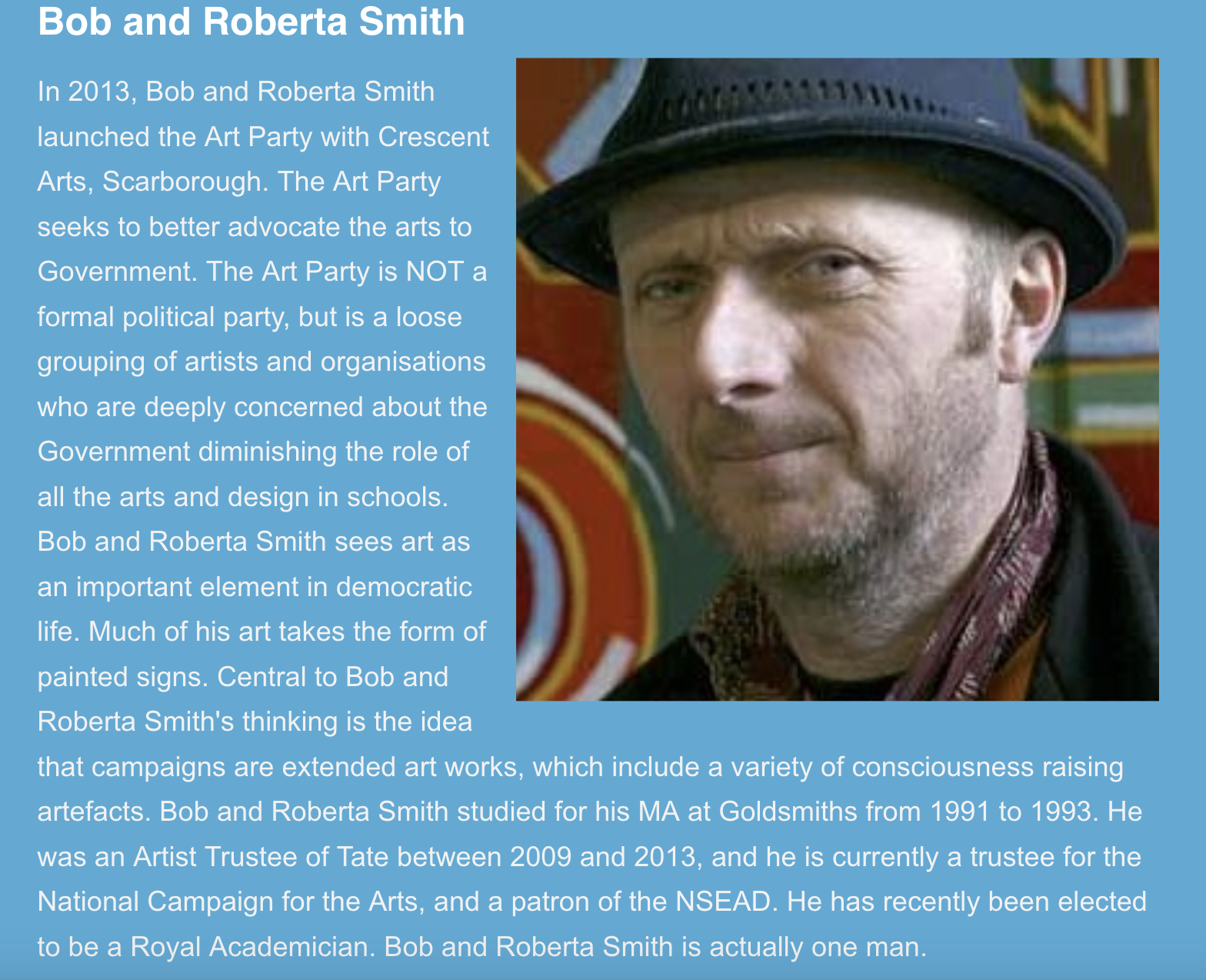



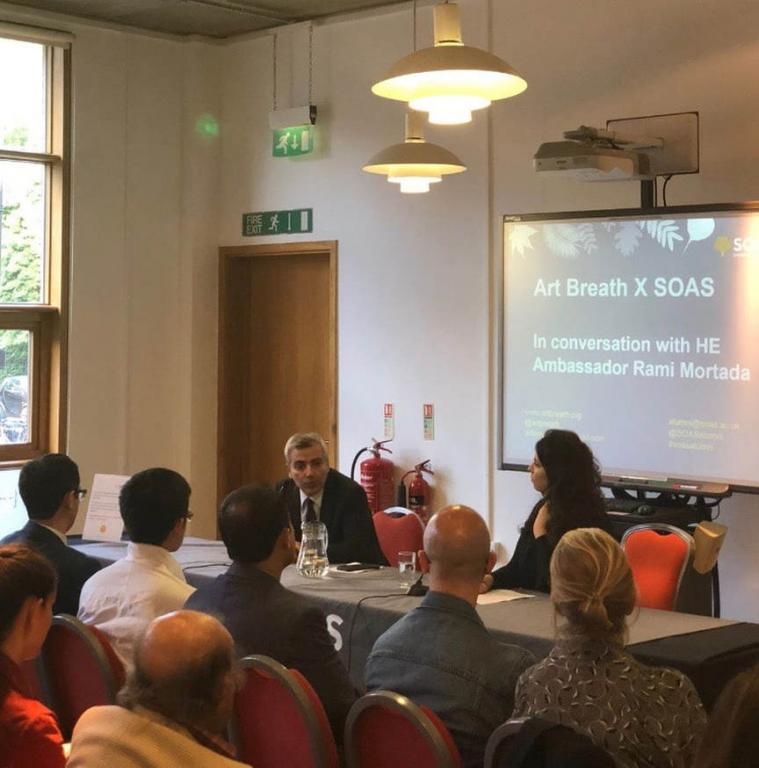



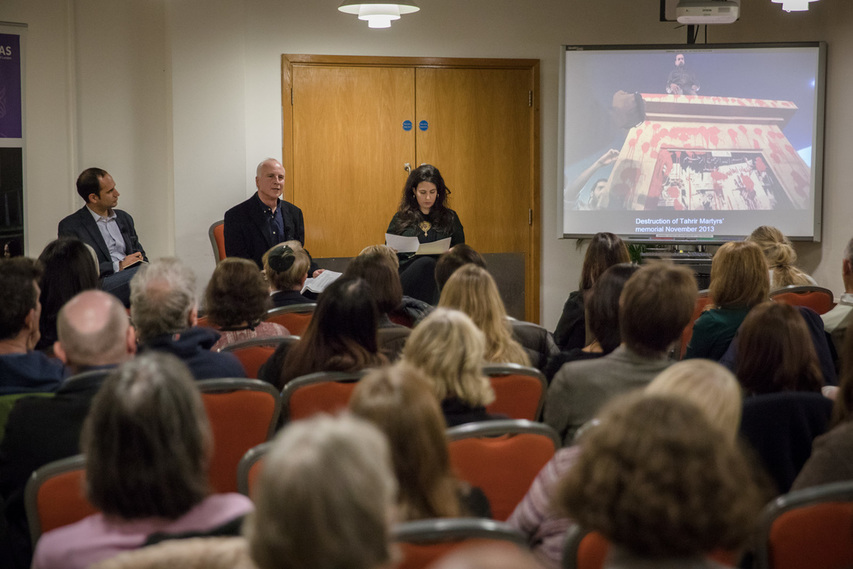

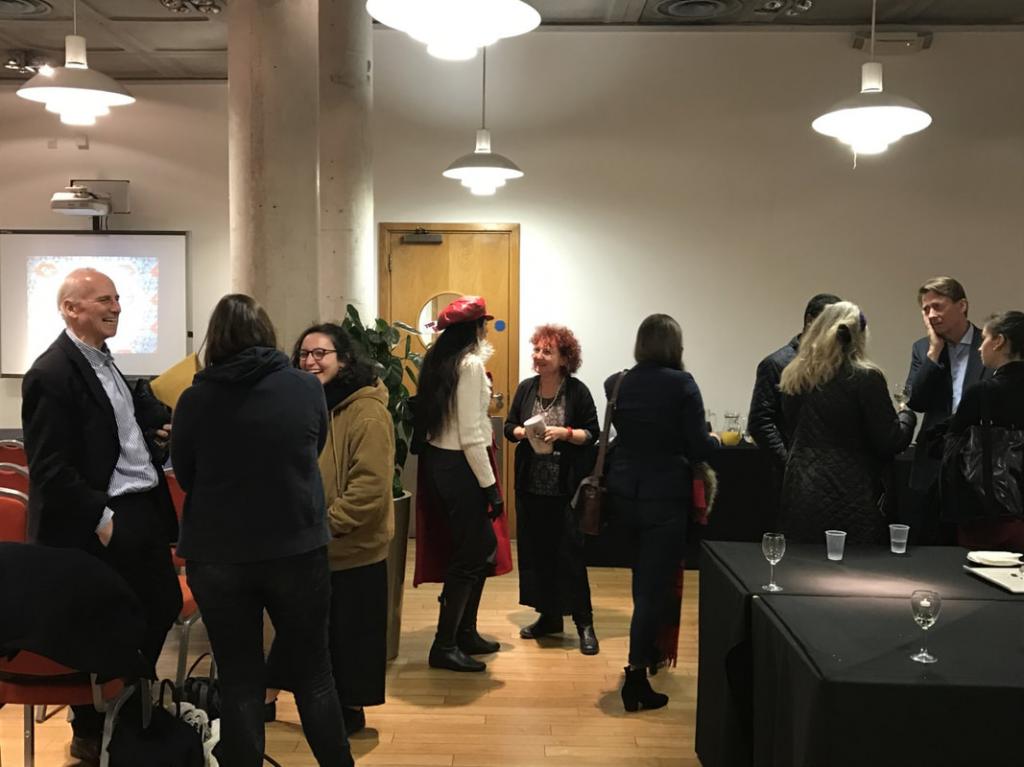
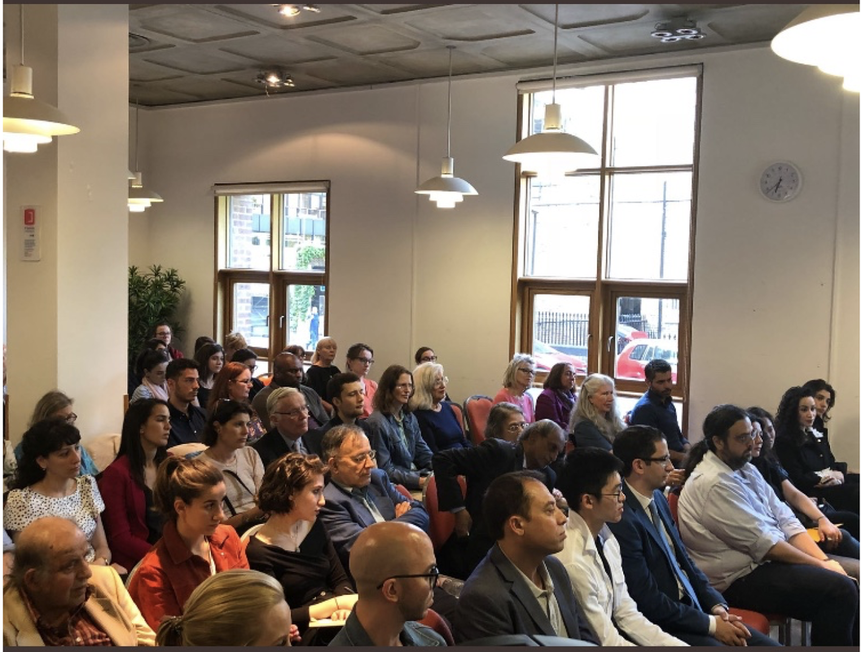


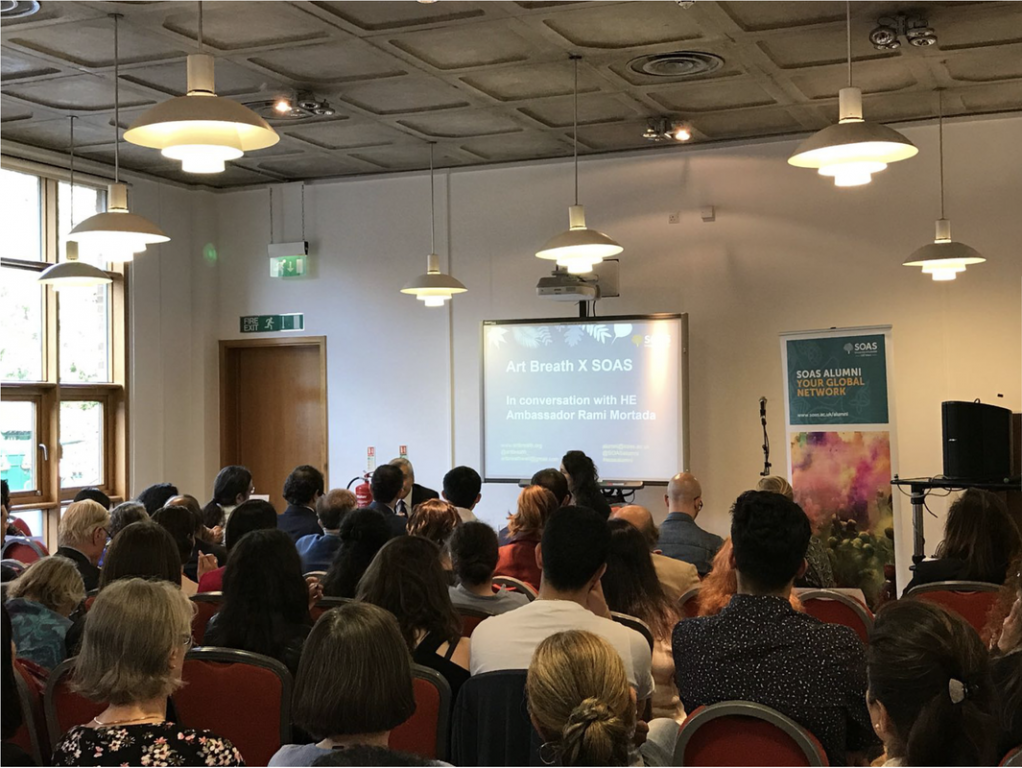
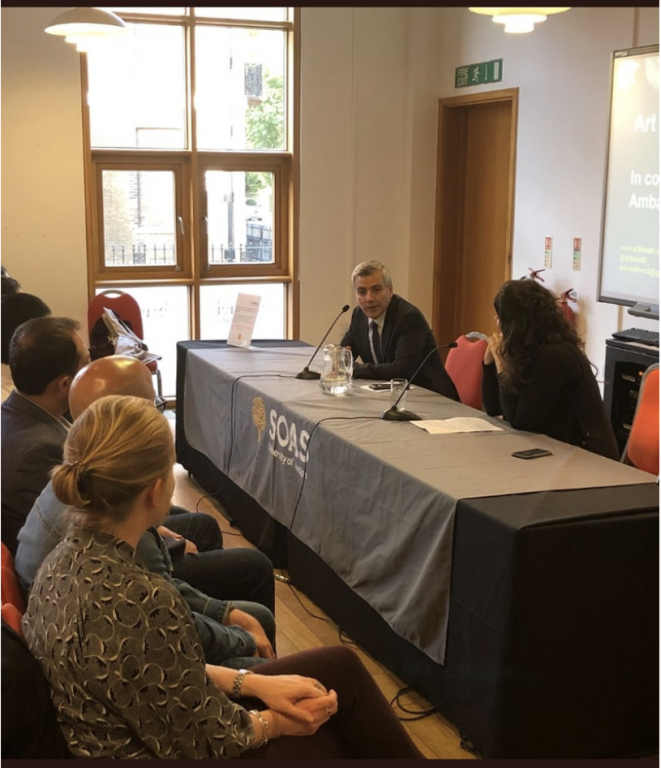
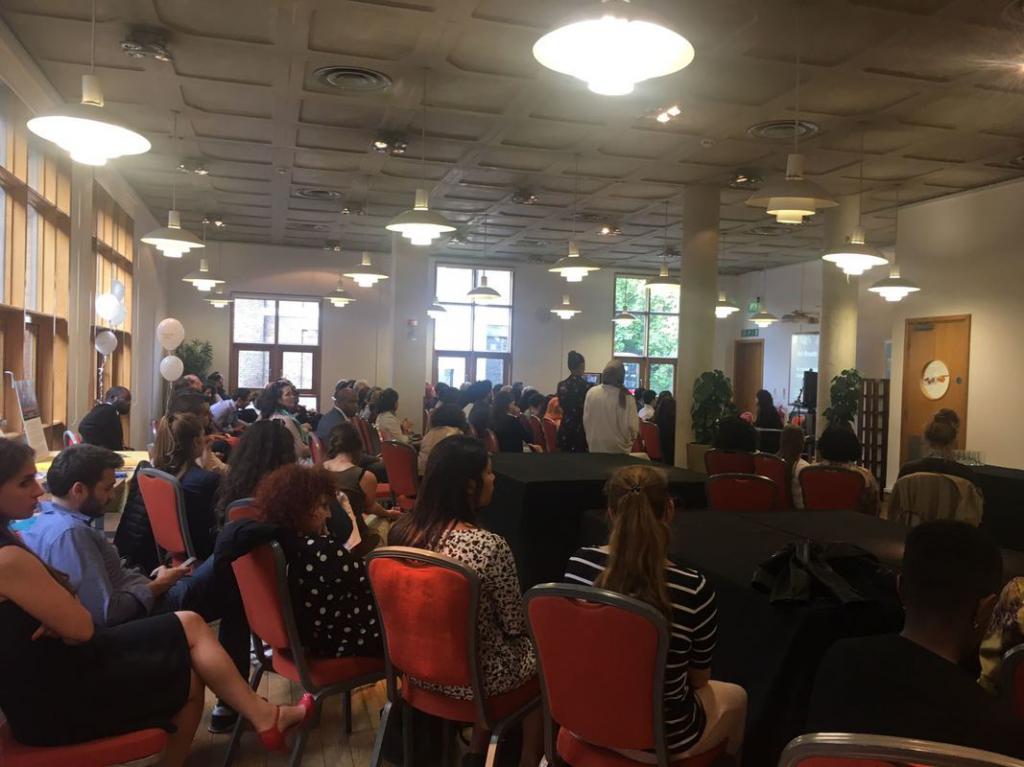

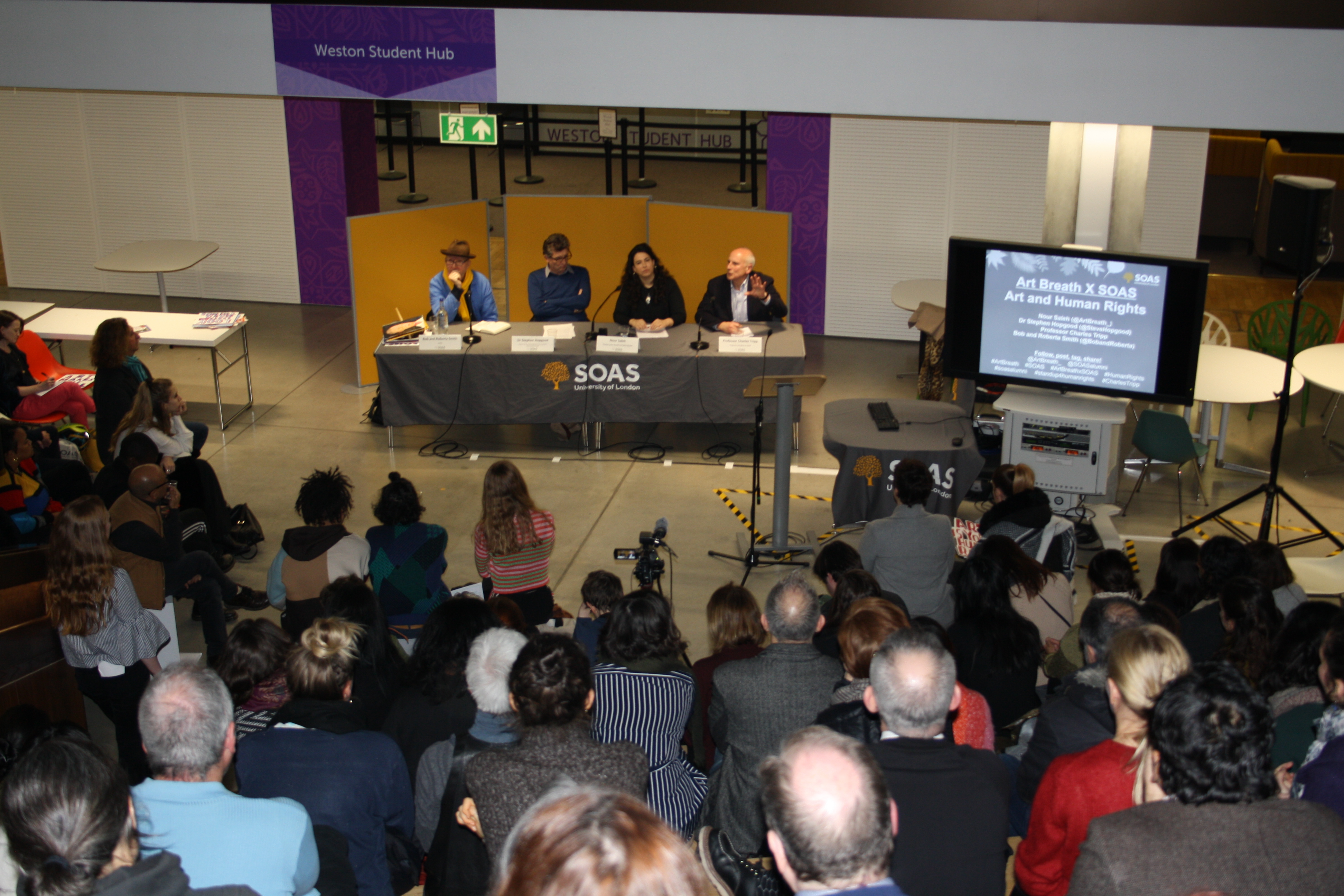


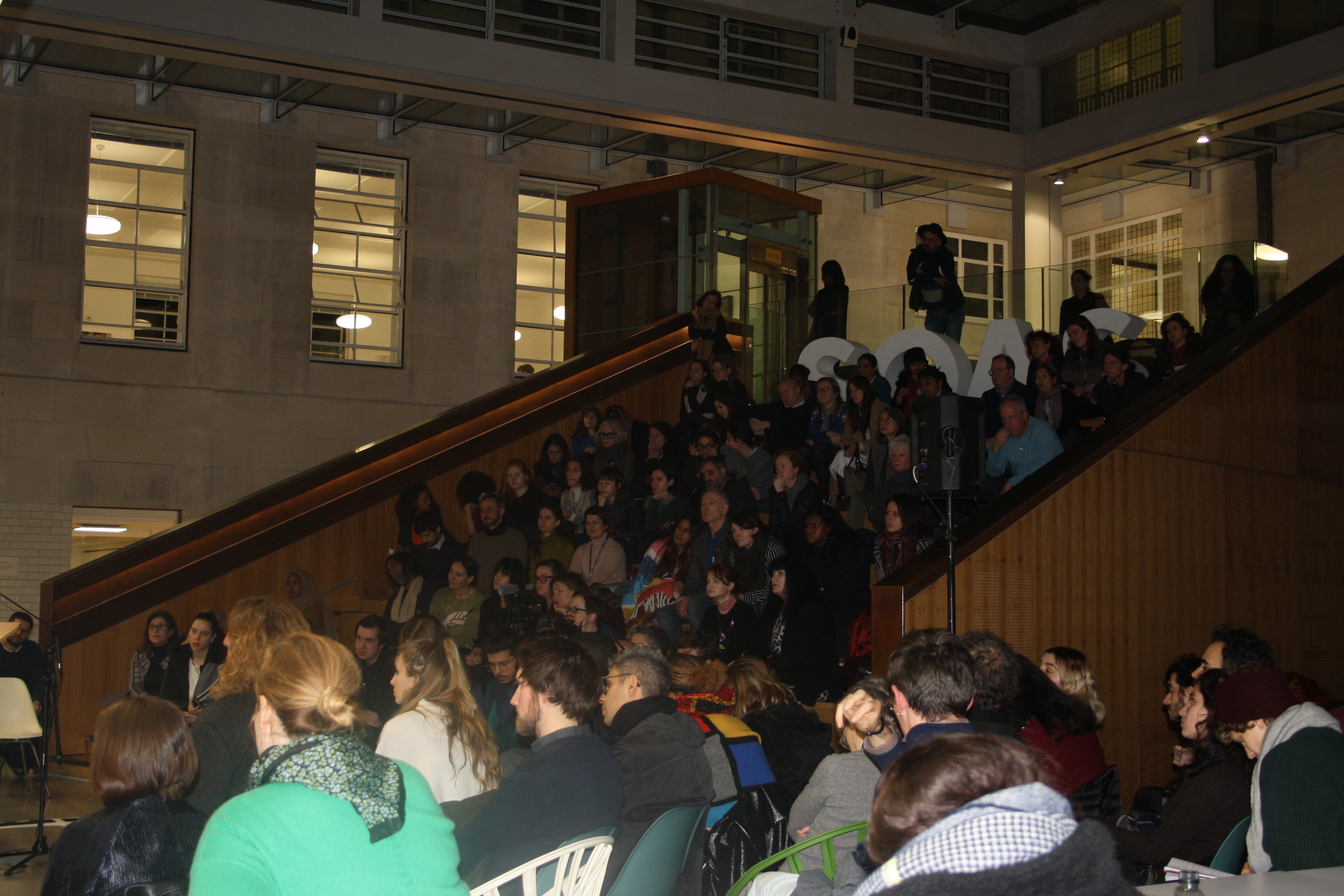
.JPG)

